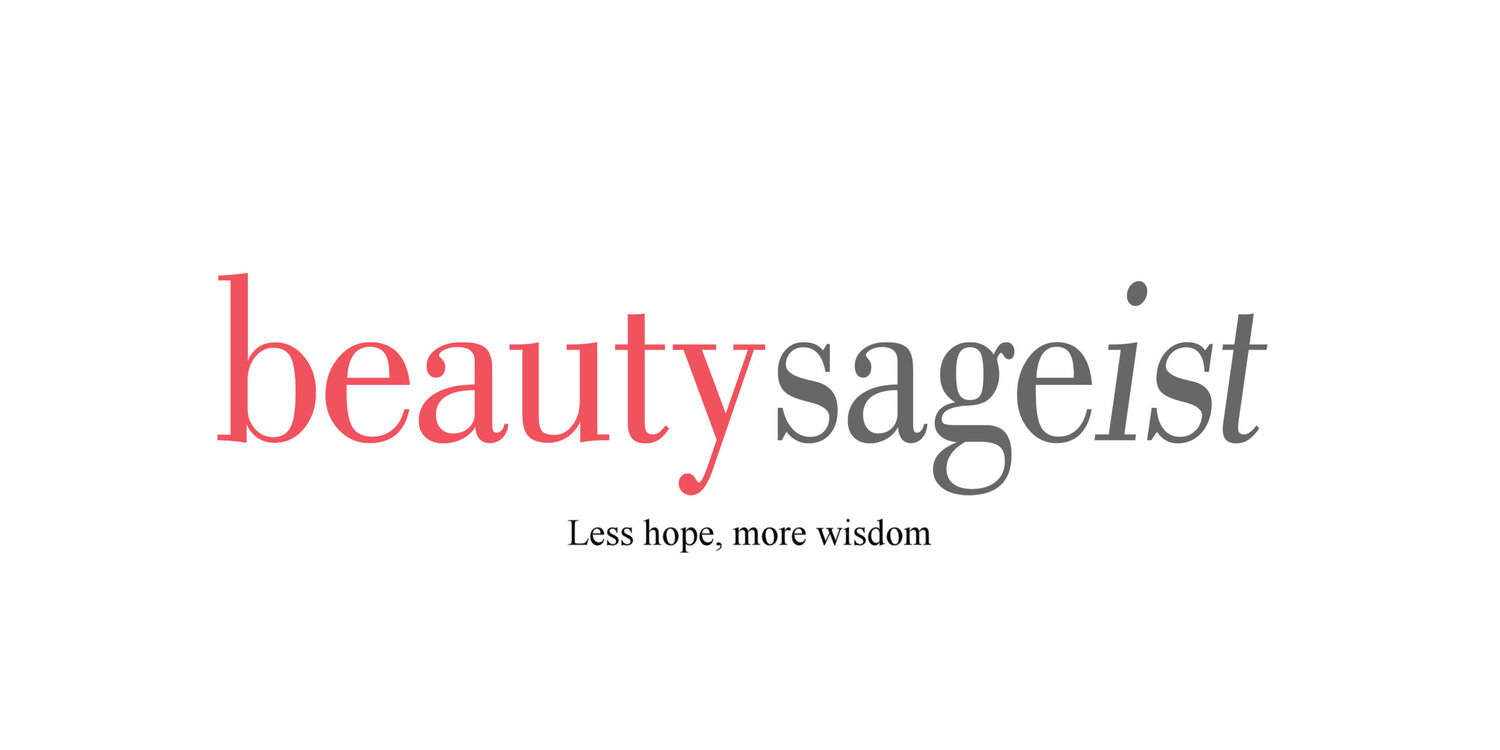Microblading: four reasons to say “no.”
“What’s the worst that could happen?” This is a question I ask myself frequently, and in the case of microblading, I have a rather long answer. But before I go off, let’s define “microblading.”
From the Oxford Languages (as in, The Oxford English Dictionary) which, as I hope we know, is a tad more reliable than Wikipedia:
“a semipermanent technique for enhancing the appearance of the eyebrows, in which pigment is scratched into the skin in fine, short strokes resembling hair, using a hand tool with a blade formed of tiny needles.”
I expect blowback from practitioners of this service, but I consider these folks the same way that I consider hair cutters, that is, there aren’t very many great ones. In defense of the latter, hair grows. In defense of the former, I got nothin’ - microblading is (semi?) permanent. Here are my concerns, based on what I’ve seen with my clients who have done it and through research for my programs at my makeup school:
Say your brows are microbladed, and perhaps, if you’re lucky, the first go around looks like fine hairs. In my practice, I don’t observe true fading (away) - there is some permanence to the pigment. If, in theory, the brows get “touched up,” then you are adding new pigment over old pigment, and you’re headed towards a solid-looking brow, which is not natural. It’s unlikely, in my opinion, that the hair-like effect is sustainable. Come at me, microbladers….
There is oxidation in some cases, meaning, the pigment changes from a brow color to a red or pink tone, requiring color correction with a conventional brow product. You are back to square one with not having a maintenance-free brow.
Your outcome is based on not only the skill, but the taste level and understanding of color of the practitioner. A lot of the microbladed brows I’ve seen are a trendy shape (full, squared inner end - yeah, like the Kardashians). But guess what? Trends change. The idea of doing something even semi-permanent based on a trend is just crazy town. And I’ve seen a lot of unfortunate colors in these brows, in which case they don’t flow with hair, etc. Oh, yeah, you know another things that changes? Hair color! Yikes.
Finally, and this is where I really go off the deep end, there is placement to consider. Practitioners tend to use what they were trained to use, i.e., rulers and measurements to “map” the perfect brow. But what if that “perfect” brow isn’t your brow? The result can be too high or too long, or no where near the brow bone where they belong.
I recall a beautiful young woman who lost her brows due to alopecia. Totally understandable that she would be intrigued by microblading. But I wish I’d been there the day she had it done. If I had, the result would have been a golden taupe shade, like her hair (now, her wig) and they would have rested on her brow bone - because I would have asked to see a photo of her before she lost her hair. Now there’s a thought.
Instead, she has grossly uneven, truly grey and solid brows that are far too high. Fortunately, she’s not someone who is particularly self-conscious, but I can imagine someone more sensitive would be devastated.
Before you go under the blade, consider some of the consequences I’ve outlined, and if I still haven’t talked you out of it. at least do extensive research. Don’t rely solely on good reviews. You have to have confidence that the practitioner truly sees you and your beautiful bone structure.
I’m done.
